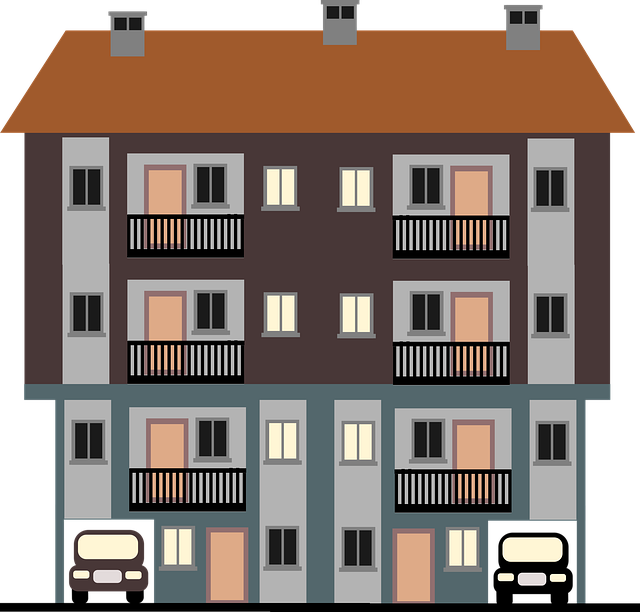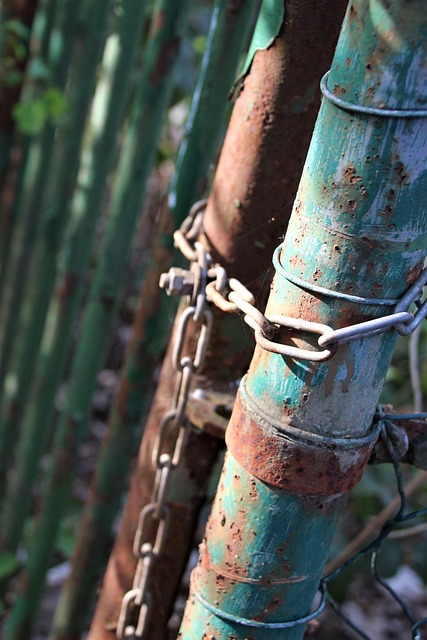Fall detection devices are transforming senior care by offering a balanced approach to safety that respects independence while ensuring well-being. These non-intrusive technologies use advanced algorithms and sensors to detect falls or unusual activity, instantly alerting caregivers or emergency services for timely intervention. By integrating these devices into everyday environments, seniors maintain autonomy while receiving the reassurance that help is readily available through user-friendly mobile apps. This combination of technology enhances quality of life for the elderly and promotes aging in place with peace of mind.
In today’s digital era, combining convenience and security in senior safety systems is paramount. As the population ages, ensuring the well-being of elderly individuals without compromising their independence is a pressing need. This article explores crucial aspects of senior safety, focusing on fall detection devices as game changers in revolutionizing care. We delve into how these technologies enhance peace of mind while emphasizing user-friendly design for accessible use, ultimately fostering a safer and more vibrant landscape for our aging population.
- Understanding the Unique Needs of Seniors: Emphasizing Safety Without Sacrificing Independence
- The Role of Fall Detection Devices: Revolutionizing Senior Care
- Integrating Security Systems: Enhancing Peace of Mind for Elderly Individuals
- User-Friendly Technology: Designing Senior Safety Solutions for Accessible Use
Understanding the Unique Needs of Seniors: Emphasizing Safety Without Sacrificing Independence

Seniors have distinct needs and considerations when it comes to safety, especially as mobility and independence can be key concerns. Combining security with convenience in senior care requires a nuanced approach that respects their autonomy while ensuring their well-being. Many older adults fear losing their independence, so traditional invasive monitoring methods might not appeal to them.
Here, fall detection devices play a pivotal role. These technologies offer a discrete and non-intrusive way to monitor seniors’ safety. By seamlessly integrating into daily life, these devices can detect falls or unusual activity without compromising privacy. This enables timely intervention while still allowing seniors to maintain their independence, ensuring they receive assistance when needed without constant oversight.
The Role of Fall Detection Devices: Revolutionizing Senior Care

Fall detection devices are playing a pivotal role in revolutionizing senior care by addressing one of the most pressing issues among elderly populations: falls and their potential consequences. These innovative technologies employ advanced algorithms and sensors to monitor an individual’s movement patterns, detecting even subtle changes that might indicate a fall. By providing real-time alerts to caregivers or emergency services, these devices can significantly enhance response times, reducing potential injuries and enabling timely medical assistance.
The integration of fall detection devices into senior safety systems offers a convenient and secure solution. They eliminate the need for constant physical observation, allowing seniors to maintain their independence while ensuring immediate help in case of an incident. This technology is especially valuable in home settings, where caregivers may have limited resources or face challenges in continuously monitoring residents, particularly during sleep or when they are alone.
Integrating Security Systems: Enhancing Peace of Mind for Elderly Individuals

Integrating security systems tailored for senior safety offers a compelling solution, providing both convenience and enhanced peace of mind for elderly individuals. At the heart of this approach lie innovative technologies like fall detection devices. These gadgets are designed to monitor vital signs and movement patterns, enabling quick response times in case of emergencies. By seamlessly integrating such devices into everyday environments, seniors can maintain independence while enjoying the reassurance that help is readily available.
This integration goes beyond mere monitoring; it fosters a sense of security and autonomy. Modern security systems equipped with fall detection devices can connect to mobile apps, allowing family members or caregivers to receive alerts in real-time. This two-way communication streamlines assistance, ensuring timely interventions without intruding on personal space. Thus, combining convenience through technology with robust security measures creates an environment where the elderly can live securely and enjoy a higher quality of life.
User-Friendly Technology: Designing Senior Safety Solutions for Accessible Use

In designing senior safety systems, user-friendly technology is paramount. As seniors may have reduced mobility or visual/cognitive impairments, safety solutions must be accessible and intuitive to use. This means incorporating simple interfaces, clear instructions, and features like voice commands or large buttons on fall detection devices. By making these tools user-friendly, we ensure that seniors can actively participate in their safety management without feeling daunted or frustrated.
Moreover, integrating user-friendly technology enhances the effectiveness of fall detection devices. Seniors who feel competent using these devices are more likely to wear them consistently, increasing the chances of early detection and response during falls. This approach not only improves safety but also promotes independence, allowing seniors to age in place with peace of mind.
Combining convenience and security in senior safety systems is not just a trend, but a necessity. By understanding the unique needs of seniors, leveraging advanced technologies like fall detection devices, and prioritizing user-friendly designs, we can significantly enhance their quality of life while ensuring peace of mind for loved ones. Integrating these solutions seamlessly into daily routines allows seniors to maintain independence while enjoying enhanced safety measures. In today’s digital era, it’s crucial to continue innovating and refining these systems to meet the evolving needs of an aging population.
